#Baluch
Photo

Photo of a Balochi woman writing Women! Life! Freedom! on a wall. The Baloch people are Sunni Muslims and an ethnic minority in Iran.
Learn more about the Bloody Friday attack of 2022 and the plight of Baloch in Iran.
Source: Twitter/MarmarArts
268 notes
·
View notes
Text
چند پرسش از مردم بلوچ
بلوچ چه کسی است ؟ آیا ما می توانیم خود را بلوچ بنامیم ؟ با کدام مولفه ها خود را معرفی می کنیم؟
آیا از یک نژاد سخن می گوییم؟ آیا از یک منطقه جغرافیایی سخن می گوییم؟ آیا از یک زبان سخن می گوییم ؟ آیا از یک لباس سخن می گوییم ؟ آیا از یک فرهنگ سخن می گوییم ؟ و . . .
(more…) “”
View On WordPress
0 notes
Text
Innocent chick stretches narrow cunt and gets deflorated
Free porn juvenile honeys
Se culean delicioso a dani daniels
Sexy Amiee takes big dick from bbc
Anal fisting sissy amateur
Double anal sex with horny shemales
Lois folla con peter
Cheating wife I am fucking
Slutty business lady Sabrina Sweet fucked by rich boss during interview
Busty teen fucked by old perv gradpa next to grandma
#Hardigg#ugh#obliterated#hanting#Salamandridae#polydipsia#y-ssed#generalcy#Baluch#unimmolated#turnip-pointed#paintably#desition#Seldan#superplus#hermitize#imaginations#gaudiness#UCL#Claremore
0 notes
Text
Petite blonde Caroline Sweets plays with a huge black cock
Desi Village Real Teen Wife fucking
Naughty America - Professor Dee Williams helps are student focus... on her huge tits and wet pussy
Cute Taiwan Student Sex
faggot loser toilet licking
Sensual teen lesbians Cherry Kiss, Elle Rose enjoy deep ass fingering and more
MONSTER BOOTY IN SEE THROUGH LEGGINGS
Seductive euro girl deepthroats black dong
Fundendo a gordinha
Lady boy trolls Burger Planet irl streamer
#Baluch#unimmolated#turnip-pointed#paintably#desition#Seldan#superplus#hermitize#imaginations#gaudiness#UCL#Claremore#unwillable#prepurposing#by-stake#Kinelski#celebrative#fast-darkening#bucolic#gerhardtite
0 notes
Link
#vintage #banjarabags, #bohostyle #Bag #tribal #handbags, #banjara #clutch #Boho #clutch #coinbag #gypsy #bohemian #tote #shoulderbag #crossbag #womenbag
#vintage#banjarabags#bohostyle#bag#tote bag#handbags#clutch#boho#bohemian#afghan#baluch#coinbag#gypsy#shoulderbag#crossbags#womenbags
0 notes
Photo
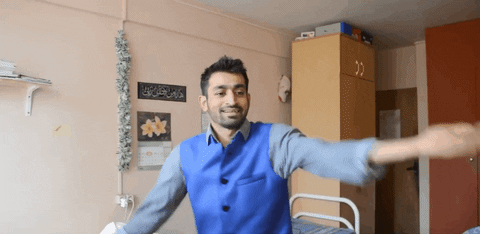
0 notes
Text
Shared from Ground
#the war is spreading#iran#pakistan#baluchistan#baluch separatists#isis#pakistan and palestine: over 95% muslim and much more oppression of everyone else#iran is a theocratic mess#i don't support anyone in pakistan vs iran#could you guys just please don't escalate#so i'm guessing pakistan is third side now#or maybe fourth side if isis is taken as third side#i get the feeling that this is close to soiralling into a world war if world leaders aren't caredul#please can cooler heads prevail#in iran & pakistan
1 note
·
View note
Link
https://marmikmaharashtra.com/5-hours-combing-operation-by-cidco-midc-police-in-baluch-galli-naregaon-many-criminals-houses-were-searched-two-drug-dealers-were-arrested/
0 notes
Text
This is the traditional dress of Baluch people

This is the traditional dress for Bakhtiari people
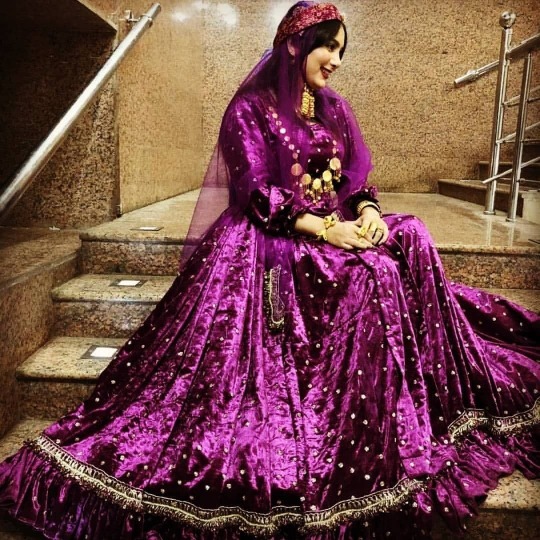
This is the traditional dress for Azari people

This is the traditional dress for Kurdish people
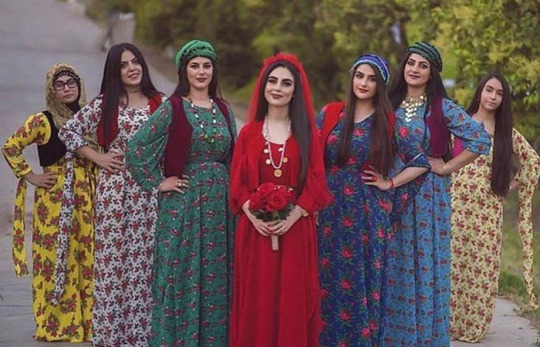
This is the traditional dress for Lor people
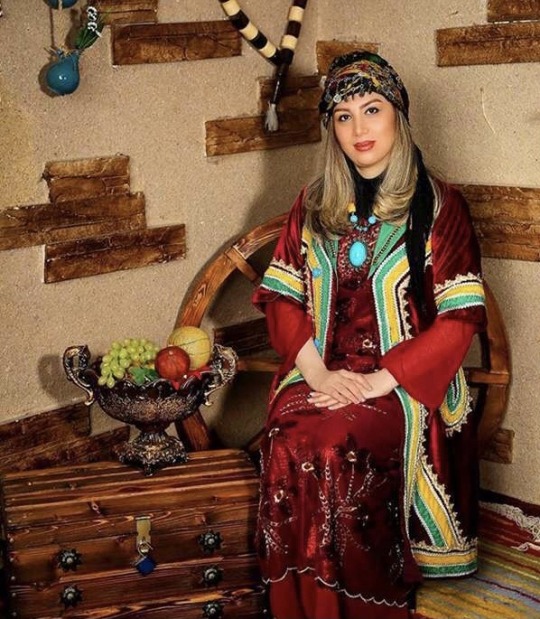
This is the dress code Islamic Republic is enforcing

Islamic dress code in Iran is all about controlling women and has nothing to do with culture. That’s why the government is murdering people over it.
2K notes
·
View notes
Text
The Iranian regime has executed more than 127 people, including women and children, since the Hamas attacks of 7 October, according to human rights groups.
According to data collected by Iran Human Rights (IHR) and the Norway-based organisation Hengaw, which have been cross-referenced by the Observer, there has been an alarming rise in executions since the beginning of the war between Israel and Hamas.
A third group, Human Rights Activists in Iran (HRA), confirmed that there has been a significant increase in executions since the 7 October attacks, stating that on Wednesday last week, the regime executed seven people within a 24-hour period.
Human rights activists and the families of those put to death have accused the regime of using the world’s preoccupation with war in Gaza as a cover to exact revenge on dissidents and put people to death without due judicial process.
“Since the start of the war, there has been little international focus on the human rights situation in Iran, and there has been no substantial response to the significant increase in executions,” said Mahmood Amiry-Moghaddam, the director of IHR, who added that his organisation has recorded double the number of executions in October and November compared with August and September.
Those who have been put to death in the last two months include a child, 17-year-old Hamidreza Azari, whose death was labelled “deplorable” by the UN last week.
IHR claims that Azari was executed for murder at Sabzevar prison after giving a “forced confession”, and that state media falsely gave his age as 18 when reporting his death.
Iran has also executed 22-year-old Milad Zohrevand, the eighth protester linked to the Women, Life, Freedom movement to face the death penalty for participating in the nationwide anti-regime protests that erupted across Iran last year following the death of Mahsa Amini, a Kurdish woman who died while in police custody after allegedly being arrested for breaching Iran’s strict dress code.
The UN also condemned Zohrevand’s execution, saying that “available information indicates that his trial lacked the basic requirements for due process under international human rights law” and that it was “troubled” by reports that Zohrevand’s parents were arrested following his execution.
In October, the UN condemned the Iranian regime for carrying out executions at an “alarming rate”. It said, according to its data, at least 419 people were put to death between January and July this year, which constitutes a 30% increase compared with the same time period in 2022.
But Iranian human rights groups now say that the surge of executions over the past two months has pushed the total number of death sentences carried out by the regime since the beginning of 2023 to more than 700. Civil rights activists inside the country say the executions come at a time of sustained and brutal repression by the Iranian authorities determined to re-establish their authority after months of protests and unrest.
“We face increasing restrictions due to the dozens of morality police on the streets, and we face harassment or arrests if we even share the news of executions or killings on social media. They are using the silence of the international community to avenge our calls for freedom,” said one political activist inside Iran, who said they have already been detained multiple times.
The regime has faced allegations that it is carrying out death sentences in secret, without informing family members and without giving those facing execution access to legal representation.
The family of 27-year-old Hossein Ali Dil Baluch, who was handed the death penalty for drug offences, say he had reportedly had his sentence reduced due to lack of evidence before he was suddenly executed in secret at Birjand central prison on 19 October. His family say they were not told in advance and did not have the chance to see him before he died.
“In the majority of these cases, at least 95%, the defendants lacked legal representation and didn’t have a lawyer to support them,” said Moein Khazaeli, a human rights lawyer at Dadban, a centre for counselling and legal education of activists.
“In most of the cases in the hands of the revolutionary court, the defendants didn’t even have access to the case files and didn’t even know what the accusations were.”
Activists and protesters who spoke to the Observer said the repression of those critical of the regime and those belonging to minority groups also continues to rise in Sistan-Baluchistan, Kurdish regions and among the Baha’i community.
Since the beginning of October, 38 Baha’i citizens have been collectively sentenced to more than 133 years of imprisonment by judicial authorities, according to human rights groups. The Baha’i community constitutes Iran’s largest non-Muslim minority and has been subjected to mass arrests, abductions and long-term imprisonment.
Human rights activists also say that in recent weeks the regime has been carrying out executions of prisoners who have been detained for years, sometimes decades, as their cases move through the judicial system.
Meysam Chandani was 22 when he was arrested in Sistan-Baluchistan province by the Islamic Republic’s intelligence forces in Saravan in 2011 and charged with “waging war against god”. Activists claim that for years Chandani faced torture and was refused medical help before his death on 11 November.
Many of those put to death in recent weeks had been charged with drug-related offences.
On 15 November, Zarkhaton Mazarzehi, 46, who was a mother and grandmother, was put to death after being charged with drug-related offences. A relative said she was a widow and supporting her whole family when she was arrested, and that after she was charged she was not given access to a lawyer and denied the charges.
“Zarkhaton did not surrender to the pressure [to confess],” they said. “The world shouldn’t doubt that the executions in Baluchistan have increased and will continue to increase in order to create terror among the people.”
The Baluch minority, most of whom are Sunni Muslims, have been disproportionately targeted, accounting for nearly one-third of all executions. The vast majority of Iran’s Muslims are Shia.
In the past few months, there has also been a wave of arrests of dissidents and lengthy sentences handed down to anti-regime protesters.
In November, Mahsa Yazdani, whose son was reportedly killed after being shot by security forces during an anti-regime protest in 2022, was sentenced to 13 years in prison after she demanded justice for her child on social media.
At the end of October, Iranian authorities also arrested Nasrin Sotoudeh, a prominent lawyer and human rights defender, as she attended the funeral of a teenage girl who died after a disputed metro incident with a member of Iran’s morality police.
47 notes
·
View notes
Text
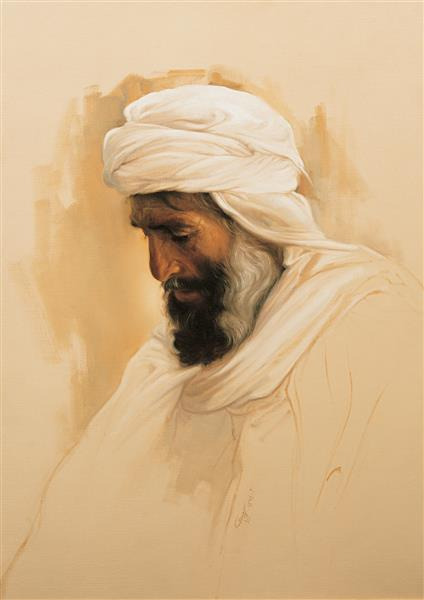
The Baluch
Morteza Katouzian
Fecha: 1995; Iran, Islamic Republic of
Estilo: Realismo
Género: retrato
Media: óleo, canvas
Dimensiones: 70 x 50 cm
6 notes
·
View notes
Video
A building-top view of a massive crowd of people filling the streets in Zahedan, capital of Baluchistan province and home to the Baluch ethnic minority. They are chanting slogans like Death to the dictator and Death to Khamenei!
Source: Twitter/Saman Rasoulpour
49 notes
·
View notes
Text
By: Armin Navabi
Published: Feb 6, 2023
A protest becomes a revolution when the protesters have hope, determination, and unity. This is why sowing division is a tried and true tactic used by unpopular leaders the world over to cling to power. This has been the Iranian regime’s recipe for survival for the past four decades. They turn different groups against each other by invoking ancient hatred and historical tensions. They do not invent the hate, but they inflame and weaponize it, pitting men against women with religion, ethnicities against each other using the fear of separatist movements, and religious people against secularists with warnings of degeneracy and depravity.
But now everything has changed. A 22-year-old woman's brutal death at the hands of Iran's morality police has laid waste to 40 years of efforts to divide and conquer. The recent protests — or revolution, as many Iranians insist — began after Mahsa Amini died in police custody after being arrested for her "improper" hijab (head covering) while visiting Tehran from the Kurdistan Province in Iran. As news spread and the people of Iran watched in horror, the same thought crossed their minds: “That could be my daughter.” “That could be my sister.” Against all odds, in a country where division over religion, ethnicity, and gender has been common, many Iranians have put aside their differences and are now united in one goal. Mahsa Amini's murder has brought people from all walks of life into the streets across Iran, demanding the end not merely of the morality police, but of the regime itself. Some loose strands of hair were enough to get Amini killed. They were also enough to bind a divided nation together in solidarity.
I'm not in the mood to talk about the Nobel Prize.
https://t.co/8aq9SDhFRT
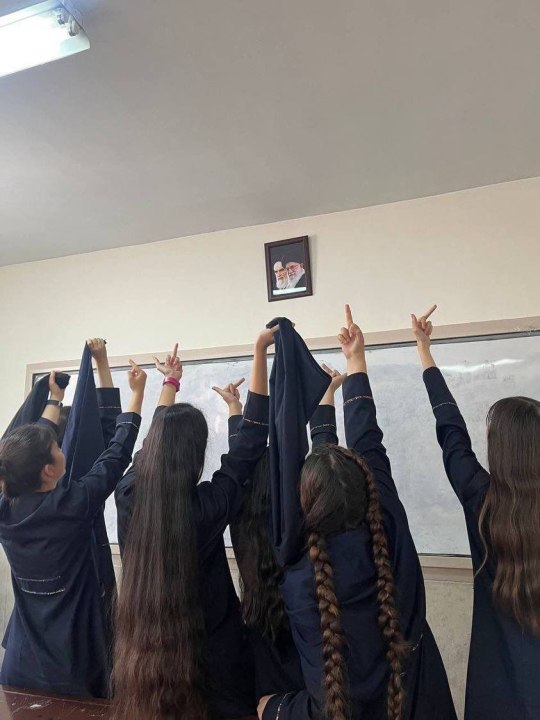
Women young and old are tearing off and burning their hijabs in the streets in protest against the Islamic regime. Even those unable to walk are joining the protests, as demonstrated by this woman in a wheelchair chanting, "Don't be afraid, don't be afraid, we are together."
For years, the Islamic Republic has told the people that Iran will be fractured and ultimately torn apart by Arab, Turkish, Baluch, and mainly Kurdish separatist groups if the regime falls. Leveraging Iranians' strong desire to protect their borders, the regime scares people into support by fearmongering about the potential success of Kurdish separatist groups. You may have some disagreements with us, but we are the only thing standing in the way of anarchy. But the spell of such propaganda seems to have broken. Non-Kurdish protesters across Iran now chant in support of Kurdish Iranians, including "Woman, Life, Freedom", a phrase which is Kurdish in origin. This slogan reflects the spirit of the protests and has captured the attention of people worldwide. The fact that this Kurdish chant is shouted across Iran’s ethnic groups highlights the unity among protesters.
The 1979 Islamic Revolution in Iran, which ushered in the current theocratic regime, also divided people along religious lines. In my childhood, I was introduced to the dichotomy: my friends and family were more liberal-minded and anti-regime, while the very religious pro-regime schools and media attempted to brainwash me. Being religious always seemed to go hand in hand with being pro-regime, and yet, more and more, the devout have been joining the anti-regime ranks for the past few years. These demonstrations have exposed this trend. Among those who have been arrested are some of the most pious, including women who wear the chador (a type of hijab that very religious women wear in Iran). Standing shoulder to shoulder with them are religious men.
pic.twitter.com/IXIMuEEy6k
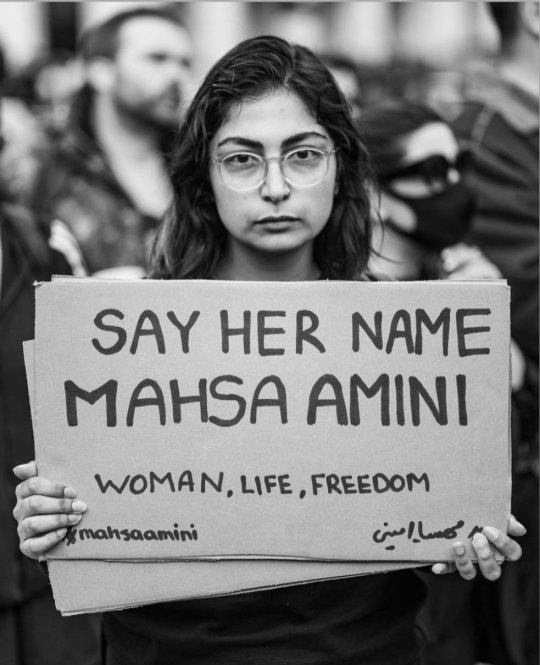
Despite all the laws and regulations that segregate and set them against each other, the men and women of Iran have come together to show the regime that a desire for freedom transcends gender and tradition. We have seen religious men appeal to their fellows by invoking the injustice inflicted on Imam Hussain, the martyred grandson of the Prophet Muhammad revered by Shia Muslims, imploring them to rise and stand against the injustice done to Mahsa. One man shouted that any man who doesn't stand up today is the same as those who betrayed Imam Hussain, and they will not be able to look him in the eyes in the afterlife. Along the same lines, a former TV presenter for the regime reminded people of the upcoming anniversary of the Prophet Muhammad's demise, showing respect for the prophet and demonstrating his religious sentiments, but then warning protesters to be on guard for false flag operations which might take the form of government agents burning the Quran and pulling chadors from women while pretending to be anti-regime protesters. His warning is an obvious indication that he supports the protesters, but he makes it even more explicit when he includes himself among them by saying, "We are fighting for freedom."
One area of concern is over LGBT issues. Contrary to the wishes of the regime, more and more Iranian LGBT activist groups have been springing up in recent years. Still, religious and traditional Iranians lag far behind on LGBT rights, and it remains a polarizing and unpopular issue. In an attempt to build the broadest possible coalition against the regime, some supporters are asking LGBT members to put their LGBT activism on the back burner, including requests that people not protest with rainbow flags [mainly in solidarity protests outside of Iran] and to try to blend in with others so that the regime can't use them to separate religious and traditional protesters from their ranks. The process of political sausage-making is rarely pretty, though it stands to reason that, should the regime fall, a more secular and democratic government would invariably be better for LGBT Iranians.
زیبایی ببینید:
مردها شعار میدن
زن، زندگی، آزادی
زنان جواب میدن
مرد، میهن، آبادی.
امروز دانشگاه علوم پزشکی شیراز#مهسا_امینی pic.twitter.com/1tdp3Yqm7Q
The central theme of the uprising has been putting aside differences and uniting against the regime. In a moment that perfectly captures the message of unity, you can hear men chant “Woman, Life, Freedom” and the women respond “Man, Nation, Prosperity.” No matter the class, religion, ethnicity, or gender, Iranians are standing together. It's your turn to stand with them. Use the English and Persian hashtags, #MahsaAmini and #مهسا_امینی to bring attention to what's happening in Iran. Lend your voice to the chorus to cast down repressive theocracy. Today, we are all Mahsa.
==
Funny how people who are actually oppressed aren't competing against each other for oppression points.
The universality and unanimity of this revolution might be one of the most remarkable things of all. Feminists are being asked to put away the man-hate slogans, LGBT people are being asked to put away the rainbow flags, because those will factionalize the movement, put men and more conservative religious types off-side, and create opportunities for the regime to divide and conquer. And they are. Because those are fights for another day. It's Iran, together, against the regime.
"Be with the people, one hand and one form with the rest."
Iran is a country that will be free.
Remember the Women's March in the US in 2017? Its most memorable symbol was a woman in a hijab, it featured a pro-Sharia Islamist among its most vocal representatives, and it descended into endless episodes of Intersectional madness, such as the pussyhat fiasco, which resulted in a furore, an apology and the deletion of the knitting pattern when feminists and Gender Studies professors insisted it wasn't sufficiently inclusive to women with penises. And also racism. Somehow. 🤡 When you're privileged and free, and your oppression is imaginary, the fight to the bottom is a mad scramble.
#iran#islam#iran revolution#iranian revolution#mahsa amini#islamic republic of iran#iranian regime#iran regime#islamic regime#free Iran#iran protests#iranian protests#religion#hijabi#hijab#woman life freedom#man nation prosperity#religion is a mental illness
33 notes
·
View notes
Note
When did people stop believing in guest right as political factor. Given that people killed, trapped&imprisonend their political enemies trough false promise of security of invintation as guest for ages, despite guest right and got oft away with it, especially if their were in a powerful Position. Its a miracle that people believed in guest right so long trough so many cultures ?
Guest right or xenia tended to be a more important cultural practice in pre-modern societies when long-distance travel was a lot rarer and more dangerous - and the only way of finding shelter for the night was either constructing an itinerary of the houses of friends along the journey, or relying on the charity of private individuals and maybe temples -and when industries hadn't yet sprung up to serve pilgrims, merchants, and other travellers.
However, it's still practiced today in some regions of the world - the Pashtun and Baluch peoples of Afghanistan, Pakistan, and Iran, for example, follow the custom of Nanawaitai - and it has a lingering influence on Western law that covers the responsibilities of the hotel industry for the safety and well-being of their guests and their guests' property.
29 notes
·
View notes